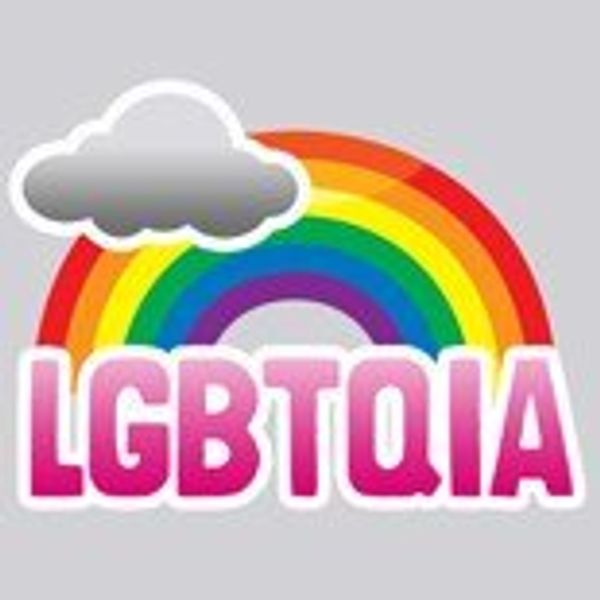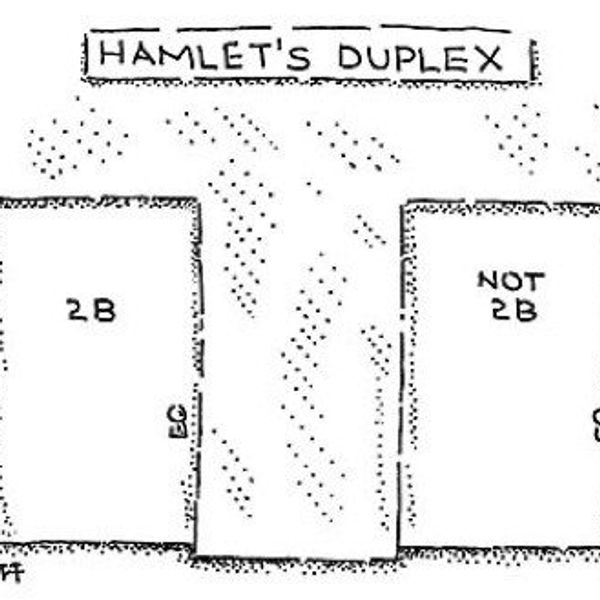Many cisgender women, women who are assigned female at birth and still identify as female, may identify with dealing with misogyny, or a prejudice against women, throughout the course of their lives. However, my experience seemed to intensify when I came out to the public as a transgender person and made it known to my peers, family and friends that I also identify as gender-fluid. Gender identities can be confusing and different, so here is a breakdown for some of the gender identities that people identify with.
First of all, let’s talk about cisgender people. Cisgender people are people whose gender matches the sex that they were assigned at birth. These people do not identify with a queer* identity. This is the basis upon which all queer identities are measured, so let’s talk about some of them. I find that when I am explaining my gender identity to people, many of them (mostly cisgender people) are trying to understand, but it is something that is hard for them to wrap their heads around. When explaining gender identities to people, we, as those who identify as queer, must have patience with those who are trying to learn. As a person who identifies as gender-fluid and trans, I would like to encourage allies and advocates to look into gender identities more closely in order to better serve the LGBTQ+ community.
People who identify as genderfluid fluctuate all over the gender spectrum. They can identify as a cisgender person, an androgynous person or anywhere in between. Androgynous people identify with a gender expression that has both masculine and feminine characteristics. I personally identify as genderfluid, and for me this means that some days I am going to want to wear makeup. Some days I am going to want to do things that do not necessarily fit the mold of male or female. Many genderfluid people, like me, may also identify as transgender. However, there are a lot of genderfluid people who do not identify as transgender and that is completely OK. Transgender people, or trans people for short, are people whose gender is a mismatch to the sex that they were assigned at birth. These people tend to change their pronouns to reflect their gender identity. Some people who identify as transgender have other identities that they identify with in addition to this.
Agender is almost the exact opposite of gender fluid. People who identify as agender do not identify with any gender at all. Bigender people fluctuate between traditionally “woman” and “man” gender-based behaviors and identities, identifying with both genders, or sometimes identifying with a third gender. Within these identities, there are other identities that are used to describe how non-binary and/or non-cis folks present themselves. Femmes are people who identify themselves as feminine, whether it is physically, mentally and/or emotionally. This identity is often used to refer to a feminine-presenting queer woman, but can be used with other identities. There are many other identities, but these are just some of the most talked about identities.
Now that we have talked about gender identity, let’s talk about pronouns for a little bit. The three most popular pronouns that many people use are they/them/their pronouns, he/his/him pronouns, and she/her/hers pronouns. They/them/their pronouns are most often used by those who identify as agender or as gender-fluid. Other gender identities may use these pronouns as well, but these pronouns are most commonly used with these identities. Many variations of these pronouns have been used as well, such as ze/hir pronouns. Transgender people and cisgender people tend to use he/him/his pronouns and she/her/hers. Some trans people also use they/them their pronouns.
It is so important for cisgender people who are allies and advocates to familiarize themselves with these gender identities, as well as people’s pronoun preferences. This is the only way to truly encourage meaningful conversation with the transgender/gender non-conforming community. Together, as allies and advocates, with the trans/GNC community, we can fight heteronormativity, patriarchy, and (trans)misogyny by familiarizing ourselves with these communities and showing them love. Let’s stand together, band together, educate one another, and organize together.
*Queer: reclamation of a word in the present used in a derogatory way during a previous time





















